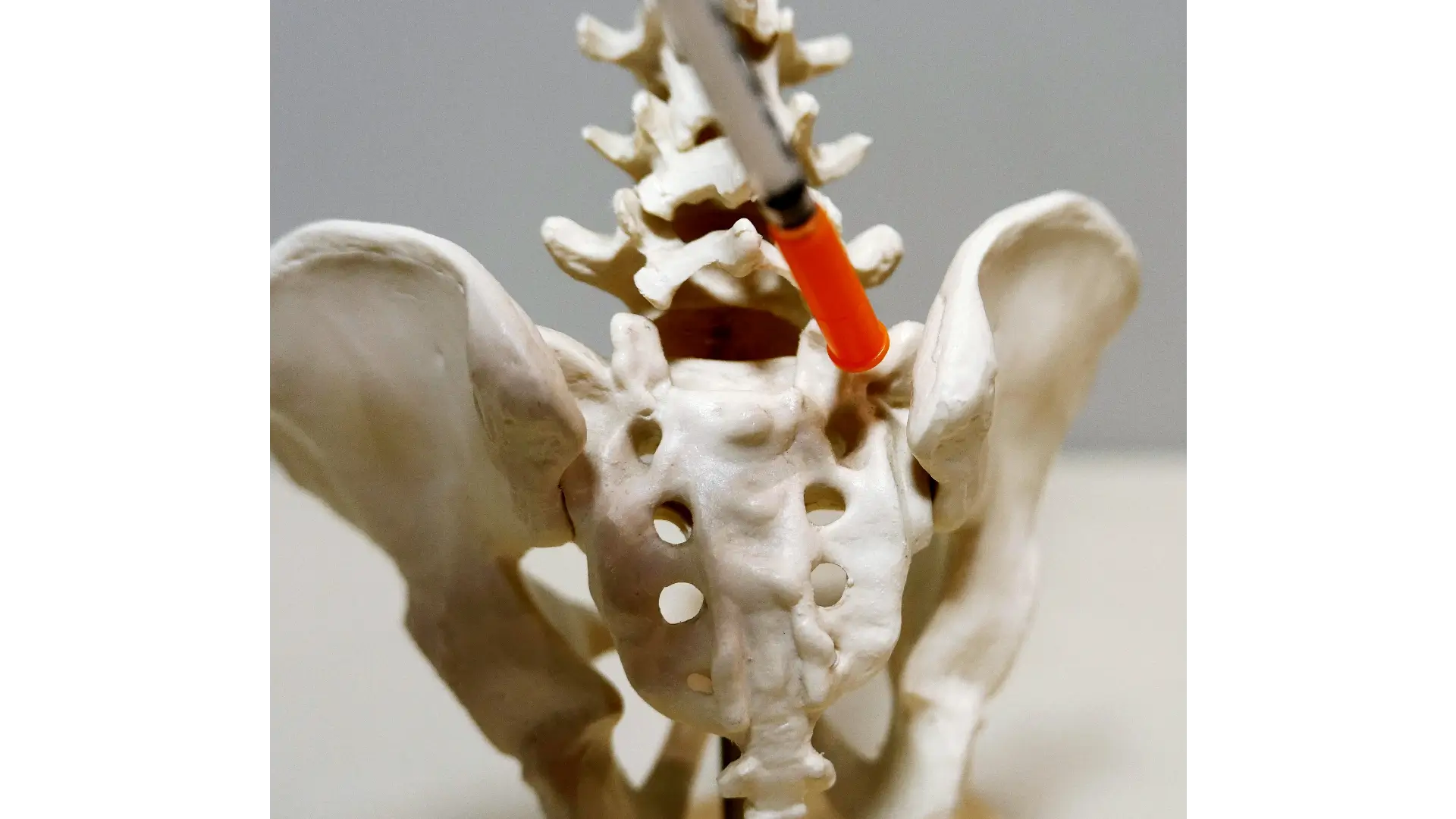
What is a Greater Trochanteric Bursa Steroid Injection?
The greater trochanteric bursa (GTB) is a small fluid-filled sac near the top of your thigh bone (hip bone). It cushions the hip joint and helps reduce friction when you move. Sometimes, this bursa becomes inflamed — a condition called trochanteric bursitis — causing pain on the outside of the hip.
A steroid injection into the bursa helps reduce inflammation and relieve pain. The injection usually contains a corticosteroid (anti-inflammatory medicine) and a local anesthetic (numbing medicine).
How do you prepare for a Greater Trochanteric Bursa Steroid Injection?
- Tell your doctor about your medical history and any medicines you take, especially blood thinners.
- Tell your doctor if you had any hip surgery
- Discuss allergies to anesthetics or steroids.
- You can usually eat and drink normally before the procedure.
- Wear loose, comfortable clothing so the hip area is easy to reach.
- Arrange for a ride home as you may be sore from the injection.
Why is a Greater Trochanteric Bursa Steroid Injection performed?
- To reduce pain and inflammation from trochanteric bursitis or hip tendon irritation.
- To make walking, climbing stairs, or lying on your side more comfortable.
- To help with conditions like arthritis, hip injury, or repetitive strain.
- To allow you to participate more fully in physical therapy or exercise programs for long-term recovery.
What can you expect during a Greater Trochanteric Bursa Steroid Injection?
- The procedure is done in a doctor’s office or ambulatory surgery center and takes about 10–20 minutes.
- You’ll lie on your back, so the hip is exposed.
- The skin is cleaned, and sometimes numbing medicine is applied first.
- The doctor may ultrasound or X-ray guidance to make sure the needle goes into the correct spot.
- A mixture of steroid and anesthetic is injected into the bursa.
- You may feel mild pressure or stinging during the injection.
- You can usually go home right away.
What is the follow-up like for a Greater Trochanteric Bursa Steroid Injection?
- You may feel immediate relief from the numbing medicine, but this can wear off in a few hours.
- The steroid usually starts working in 5-10 days.
- Pain relief may last from several weeks to several months.
- Mild soreness at the injection site for 1–2 days is common — ice packs can help.
- Your doctor may recommend stretching, exercises, or physical therapy to prevent pain from coming back.
- Steroid injections are usually limited to 3–4 per year in the same area.
What are the potential risks for a Greater Trochanteric Bursa Steroid Injection?
Most side effects are mild and short-term, such as:
- Soreness, redness, or bruising at the injection site.
- A temporary flare of pain before it gets better.
- Elevated blood sugar (especially people with diabetes)
Less common risks include:
- Infection.
- Thinning of the skin or tissue near the injection site.
- Rare allergic reaction.
- Bleeding / hematoma
- Nerve damage
Are there related tests to a Greater Trochanteric Bursa Steroid Injection?
- X-rays or MRI scans may be done first to rule out hip arthritis, labral tears, or other conditions.
- An ultrasound may be used during the procedure to guide the injection.
- A physical exam is often enough to diagnose trochanteric bursitis and decide if the injection is appropriate.
The content above does not provide any medical diagnosis or treatment recommendations. Any information or content on this website is not intended to be a substitute for consulting with a qualified healthcare professional. You should always consult with your healthcare provider before making any decisions related to your health or treatment.

Providing specialized neurological and pain management care with a patient-centered approach. Dr. Sader combines clinical expertise with compassionate care to help patients achieve optimal health outcomes.

